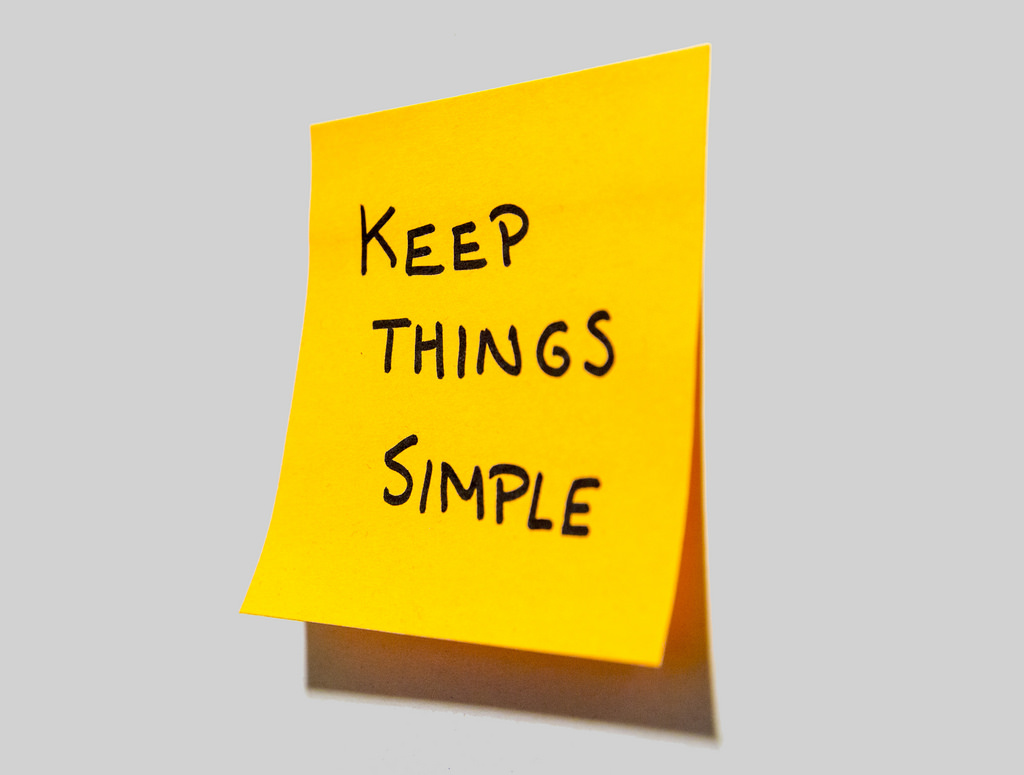
Often times in organizations, when you want to change something – launch a new product, offer a new service, design a website, change your leadership model, etc. – it starts with a simple idea. It is generally easy to wrap your head around why the change should occur, so people tend to quickly get on board.
From here, I have seen organizations take it in two directions:
The Simple Path, or
The Complex Path
Which path sounds better to you?
There are too many factors to mention regarding why an organization will go down one path or the other. Sometimes a loud and verbose leader latches onto the idea and chooses the path. Other times the change just takes on a life of its own. Sometimes detail and complexity is necessary for success…and sometimes detail and complexity are added… just because.
Like many things in life, there is generally no “one best way”. With that said, I will almost always fall into the Simple Path camp. Why?
It’s Science
The NeuroLeadership Institute (NLI) has done a lot of research helping organizations refine, adjust, and create leadership models based on something everyone has – their brain (disclaimer: size doesn’t matter). NLI always comes back to simplicity – if you want to make something work, it needs to be “sticky.” They did some great with with Microsoft. They boiled down their leadership model to three simple two-word phrases that can be easily recalled and applied to any situation. Find out more about that here.
So what’s the takeaway? In everything you do, strive to keep it as simple as possible. Big words make you sound impressive, but smaller words are easier to understand. Trying to solve for every single situation via a tactical plan helps guide people’s actions, but it takes away from their ability to adapt and flex when something doesn’t fit.


